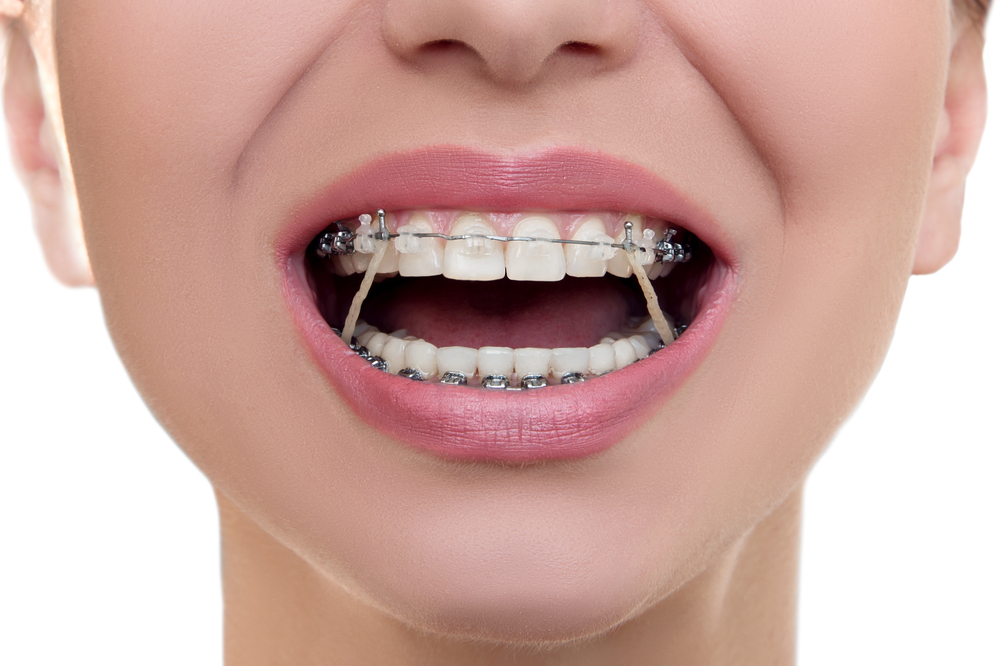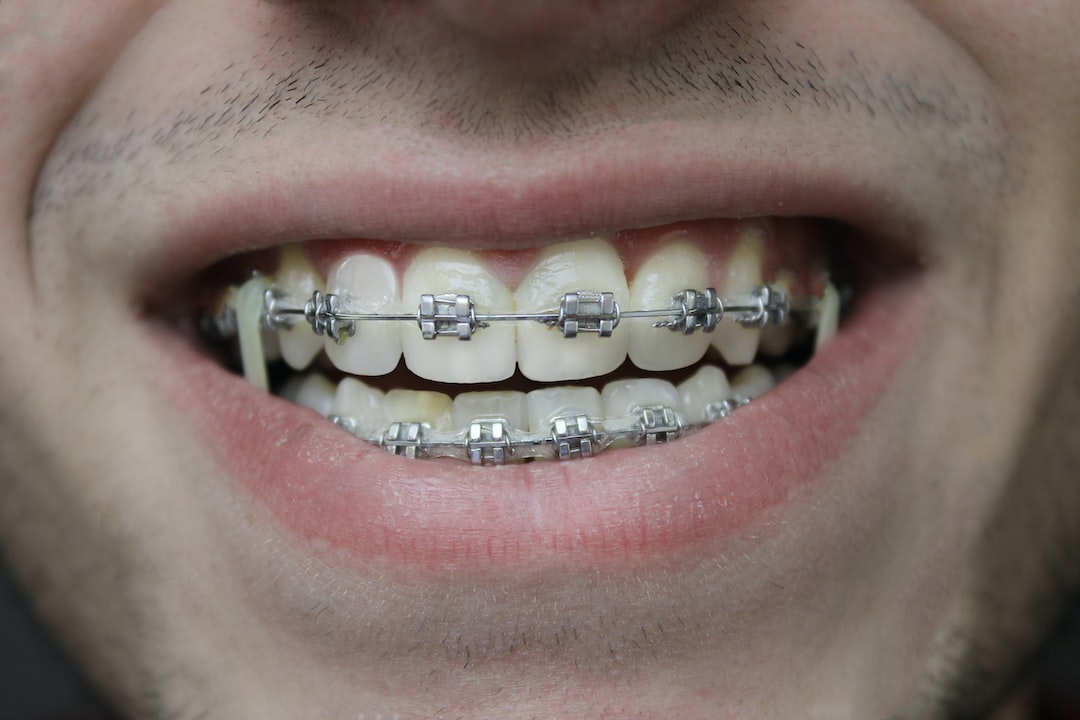Comprehensive Overview to Orthodontics Treatments for Correcting Dental Imbalances
In the world of orthodontics, the journey to accomplishing a flawlessly aligned smile includes a myriad of treatments customized to correct dental misalignments. From typical dental braces to unnoticeable aligners and also medical alternatives, the field of orthodontics uses an array of solutions to deal with differing levels of oral abnormalities. Understanding the complexities of each treatment, including their devices, advantages, and possible drawbacks, is essential in making notified choices regarding one's orthodontic therapy. As we browse through the extensive guide to orthodontic procedures for remedying oral imbalances, the detailed information of each method will unfold, shedding light on the path toward a useful and harmonious oral placement.
Orthodontic Procedures Summary

Regular modifications and tracking are crucial parts of orthodontic treatment to make sure progression is on track and to make any kind of necessary modifications along the method. By going through orthodontic procedures, individuals can not just attain a straighter grin yet additionally boost their total dental wellness and feature.
Traditional Braces: How They Function
When considering orthodontic therapies for dental imbalances, conventional dental braces stand out as a time-tested approach for correcting teeth placing. Traditional braces are composed of brackets, cables, and bands that work with each other to apply continuous pressure on the teeth, progressively moving them into the wanted alignment.
As pressure is applied to the teeth through the braces, the bone surrounding the teeth is reshaped to support the new tooth positions. Clients will need routine modifications at the orthodontist's office to make sure the braces continue to apply the appropriate pressure for effective teeth movement.
Unnoticeable Aligners: Cons and pros
These clear, customized trays are virtually unseen when used, making them an appealing alternative for individuals seeking an extra cosmetically pleasing orthodontic therapy. Patients can get rid of the aligners prior to consuming or brushing their teeth, lowering the risk of food getting stuck in the home appliance and simplifying the cleaning procedure.

Surgical Orthodontic Options
Surgical interventions in orthodontics present practical choices for attending to intricate dental misalignments that may not be Learn More Here effectively dealt with with traditional orthodontic therapies. While unseen aligners and typical dental helpful hints braces can deal with lots of orthodontic problems, specific situations require surgical treatment to accomplish ideal results. Surgical orthodontic options are typically recommended for extreme malocclusions, considerable jaw inconsistencies, and cases where the underlying bone framework requires adjustment to achieve correct alignment.
One typical medical orthodontic procedure is orthognathic surgery, which entails rearranging the jaws to fix functional issues such as trouble chewing or talking. This surgical procedure is usually done in collaboration with an orthodontist that assists align the teeth prior to and after the procedure. Surgical orthodontics might also entail treatments to subject influenced teeth, eliminate excess gum cells, or reshape the jawbone to produce a more harmonious face profile.
Prior to thinking about medical orthodontic choices, people go through a comprehensive examination to determine the requirement and potential advantages of such treatments. cumming orthodontist. While surgery may appear complicated, it can considerably enhance both the function and aesthetics of the smile in cases where conventional orthodontic therapies fall short
Retainers and Post-Treatment Care

Post-treatment care entails adhering to the orthodontist's instructions diligently. This might consist of correct oral hygiene methods, participating in follow-up visits, and using the retainers as prescribed. Failing to follow post-treatment care instructions can result in relapse, where the teeth gradually return towards their original settings. Constant retainer wear, good oral health, and normal dental examinations are necessary for keeping the results achieved via orthodontic surgery and making certain the long-term stability of the remedied oral positioning.
Final Thought
In final thought, orthodontic treatments provide different alternatives for remedying oral imbalances. Surgical orthodontic choices are readily available for extra extreme imbalances. In general, orthodontic procedures can successfully improve oral wellness and aesthetic look.
As we browse with the comprehensive guide to orthodontic treatments for dealing with oral misalignments, the detailed information of each method will certainly unravel, shedding light on the path toward a unified and functional dental alignment. - invisalign
One of the most usual orthodontic therapies is the use of dental braces, which consist of steel brackets and cables that use gentle stress to slowly shift teeth right into the wanted position.When thinking about orthodontic treatments for oral imbalances, typical braces stand out as a tried and true technique for dealing with teeth placing. Additionally, undetectable aligners might not be suitable for intricate orthodontic concerns that require more considerable teeth movement, as they are commonly advised for moderate to modest cases. Retainers are custom-made orthodontic tools made to hold teeth in their fixed placements after the conclusion of orthodontic therapy.